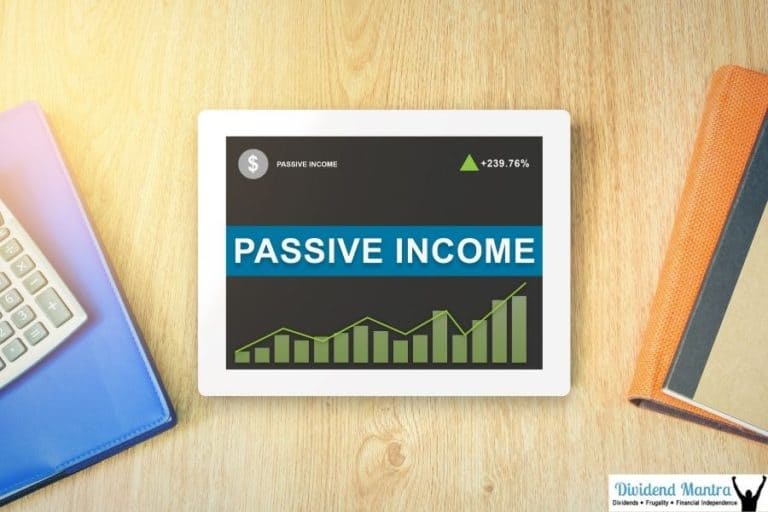A Step By Step Guide To Achieving Your Financial Goals
Is your initial reaction to your financial situation one of fear and dread? Do you fear that you may soon be suffocating under the weight of your debt? Or are you convinced that you will never be able to save enough money to enjoy life’s pleasures?
Many of us wait until our financial situation reaches rock-bottom before examining what’s wrong. Because of this, it’s no surprise that financial uncertainty has been found to be the most common source of stress for people worldwide.
Step 1: Understand Where You Currently Stand
When it comes to financial success, what’s the first step?
The most common response is that the first stage is to understand your existing financial condition, including how much money you have and what you do with it. However, we believe there is a step you must take even before taking stock of your resources.
Having a clear idea of what you want your money to accomplish is essential. Financial objectives should thus be created.
When you take the time to plan for the future, you’re less likely to worry about the things you can’t accomplish right now because of a lack of funds. You’re clearing your mind of bad ideas and focusing on the future.
Decide why you need the money in the first place. What kind of life do you hope to lead in the next years? What are your long-term goals, both personally and professionally? What do you want to possess, enjoy, or experience in the future?
The act of considering all the things you hope to do with your money shows that you are not limiting your lifestyle or aspirations because of the money you earn right now.
Now is the time: Think about where you want to go in the following five to ten years and write it down on a piece of paper. Make a list of everything that comes to mind.
Step 2: Conduct a Sober Assessment of Reality
Knowing where you stand is the next critical step. The greatest approach to keep track of your money is to keep an eye on it. You’ll be able to see exactly what you’re dealing with. Keeping track of your financial progress is an important diagnostic step. It shows to you the obstacles that are preventing you from achieving your goals.
Two weeks to three months is enough time to get a sense of your financial situation. You may use a financial tracking app, for example, to simplify this whole procedure. Either manually enter your transactions or link your bank account to the app and let it automatically sync and categorize all of your transactions. Clarity money is one of the best budgeting app, have a look at the review.
Step 3: Prioritize Your Objectives
Prioritizing your financial objectives is essential if you want to attain them. You must begin by setting goals that are essential to you. Your answers to the questions above will help you establish what is most important to you at this time in your life The things that are essential to you today may not be relevant to you in the future. Your priorities shift as the circumstances of your life change.
You must also decide what matters most to you, not what matters most to someone else. You must do what is in your own best interest, not the interests of anyone else. Your life is yours to live, and the goals you choose should be centered around you.
If your goals shift, don’t be too hard on yourself. Whatever the reason for the shift, whether it is a result of internal or external factors such as the need to pay off debt, your financial situation and objectives are designed to be adaptable. The best course of action is to flex with them. It’s not a good idea to stick to a goal because you feel compelled to achieve it. Don’t be so intransigent. If your current aim isn’t making sense to you, let it go and choose something else that does! You’re on the correct track as long as you’re working toward a financial objective.
Step 4: Create a Spending Plan
The subject of budgeting is one that many people avoid discussing. The truth is that if you want to reach your financial objectives, you need to construct some sort of budget. Having a budget will help you better manage your finances. To save money for a down payment on a home, you need to keep an eye on your spending habits. If you don’t have a budget, you have no idea how much money you’re wasting. A budget is nothing more than a means for you to keep track of your income and expenditures.
Having a budget gives you more control over your finances. Taking back control of your finances puts you back in charge of how you spend your money. Money coming in may be seen in this way. An easy-to-read breakdown of what you’re spending and where it goes is another benefit of using this method of tracking expenditure. If you don’t have a budget, I’m sure you have no idea how much money you spend dining out. In no way, shape, or form would you have any idea. Make a list of all of your revenue in a single column and review it. After that, add a new column for all of your monthly expenses. Honesty is the best policy. You can easily examine how much money you make vs how much money you spend by adding the two columns together. Prepare yourself for a messy situation.
Step 5: Set Up a System To Keep Track of Your Money and Figure Out Where You’re Going Wrong
You’ve sorted through your list, so it’s time to put everything in order.
Go back to the list you generated and divide it into tasks that can be completed in the next year, three years, and five to ten years in order to prioritize them. You’ve got short-term, intermediate, and long-term objectives listed here. However, we all know it’s not that simple.
Short-term goals may include establishing an emergency fund, while mid-term and long-term goals could include paying off debt and saving enough money to retire in the next ten years.
It’s important to remember that everyone is saving for a different reason. How people spend and save money varies from person to person, just like their personalities.
Instead of trying to copy someone else’s strategy, come up with one of your own. What truly matters to you? Create your own.
Buying a car may be more essential to some people than keeping money in case of an emergency. You may be saving for a vacation, whereas someone else may be saving to pay for their college. For this reason, it’s essential to prioritize your goals based on importance and timeframe.
Make a list of at least three things you want to do. At the very least, set two short-term objectives and one medium or long-term objective.
Step 6: Write!
A notion isn’t real until it’s written down, if you’ve ever heard of that? Just the act of committing to paper your aspirations helps them take on a life of their own. There is already a level of commitment in writing it down since you’ve taken the first step toward it. Forcing yourself to think about and articulate your goals in writing helps you stay focused. Writing things down, even if no one else sees them, is an important step. Writing out your financial objectives is the first step toward achieving them.
Your goals and the activities you intend to take to achieve them must be documented in writing. That’s not all; you should also set a deadline for yourself. In the absence of specific dates, such as June 1 this year, you may be able to say, “I will” and then fill in the gap with a year from now. Write “in two years from now” and then fill in the blank. Putting your goals down on paper is not a bad idea. You owe it to yourself to see your goals written down in ink if you want to attain them.
Step 7: Get Your Debts Under Control
Paying down your debt as rapidly as possible is a wonderful method to reach your financial objectives. The fact that you are hampered by debt is well-known, therefore you should make every effort to pay it off as fast as possible.







